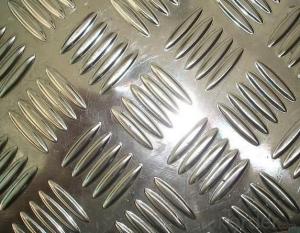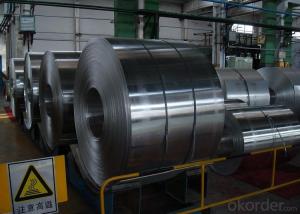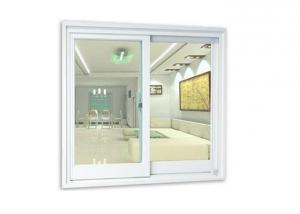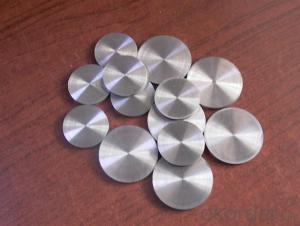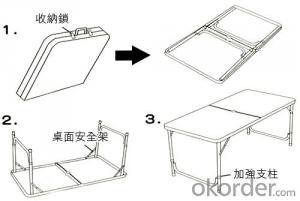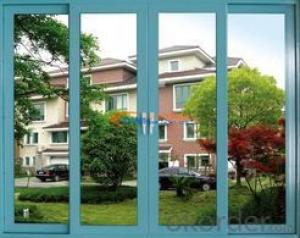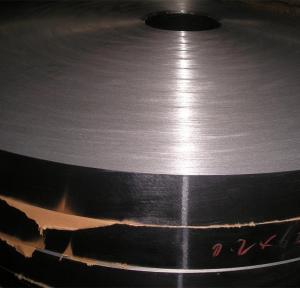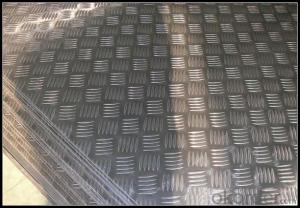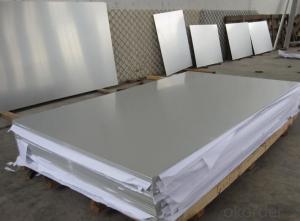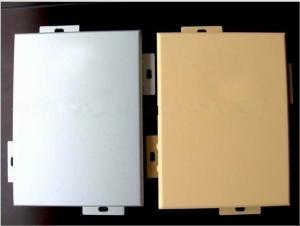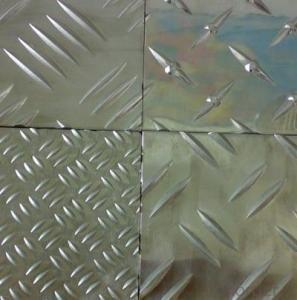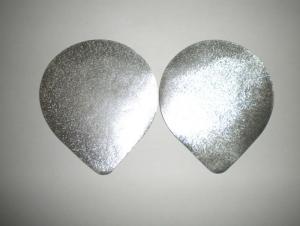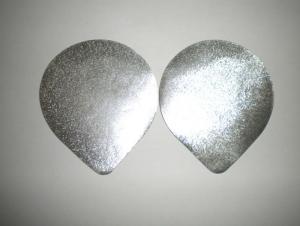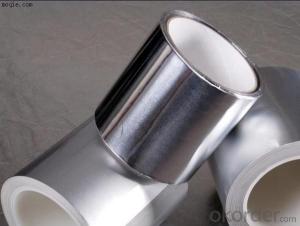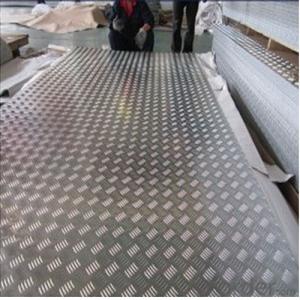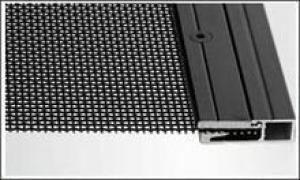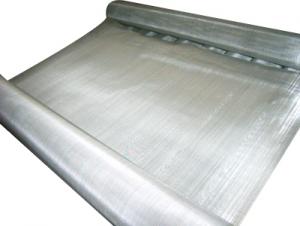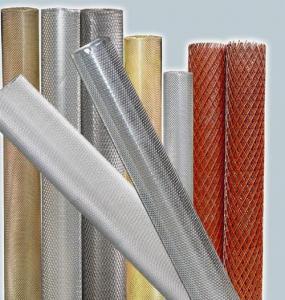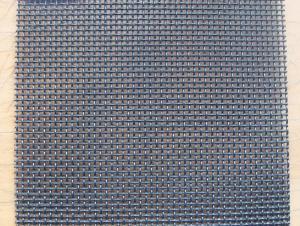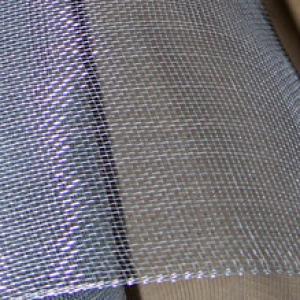Bending Diamond Plate Aluminum
Bending Diamond Plate Aluminum Related Searches
Bending Aluminum Diamond Plate Bending Aluminum Plate Bending Plate Aluminum Welding Aluminum Diamond Plate Bendable Aluminum Plate Brazing Aluminum Diamond Plate Buffing Diamond Plate Aluminum Polished Aluminum Diamond Plate Black Diamond Plate Aluminum Anodized Aluminum Diamond Plate Aluminum Diamond Plate Angle Aluminum Diamond Plate Panels Diamond Tread Plate Aluminum Aluminum Black Diamond Plate Bending 1 4 Aluminum Plate Aluminum Mending Plate Aluminum Dimond Plate Welding Aluminum Plate Buy Aluminum Diamond Plate Aluminum Diamond Plate Fenders Diamond Plate Box Aluminum Diamond Plate Sheet Aluminum Aluminum Diamond Deck Plate Aluminum Spinning Plate Bending 1/4 Aluminum Plate Polishing Diamond Plate Aluminum Colored Aluminum Diamond Plate Diamond Plate Aluminum Polish Bending 1 8 Aluminum Plate Sheet Diamond Plate AluminumBending Diamond Plate Aluminum Supplier & Manufacturer from China
Bending Diamond Plate Aluminum is a versatile and durable material that is widely used in various industries. This product is known for its exceptional strength, corrosion resistance, and slip-resistant surface, making it an ideal choice for a multitude of applications. The unique diamond plate pattern not only enhances the aesthetic appeal but also provides additional traction and safety in various environments.Bending Diamond Plate Aluminum finds its application in a broad range of usage scenarios, including construction, transportation, and industrial settings. It is commonly used for stair treads, walkways, flooring, ramps, and platforms, where slip resistance and durability are crucial. Additionally, it is utilized in the manufacturing of truck beds, trailers, and other transportation equipment due to its lightweight and sturdy nature. The product's ability to withstand harsh weather conditions and resist corrosion makes it a preferred choice for outdoor applications as well.
Okorder.com is a leading wholesale supplier of Bending Diamond Plate Aluminum, boasting a vast inventory to cater to the diverse needs of customers worldwide. With a commitment to quality and customer satisfaction, Okorder.com ensures that the product is available in various sizes, thicknesses, and finishes, allowing clients to select the most suitable option for their specific requirements. By partnering with Okorder.com, customers can benefit from competitive pricing, prompt delivery, and exceptional customer service, making it a reliable choice for sourcing Bending Diamond Plate Aluminum.
Hot Products




